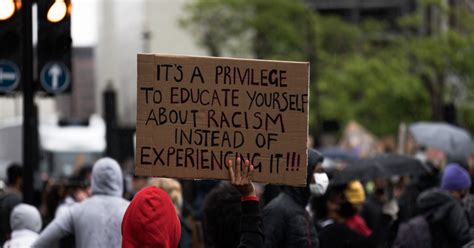
The ‘systemic’ problem with policing isn’t racism
The police killing of Tyre Nichols in Memphis last month has rightly pricked the nation’s conscience. Unfortunately, so far it has not generated a correspondingly thoughtful debate on how to respond with better policy ideas.
As in the gun control debate, there is an emotional rather than a fact-based response, an impulsive urge brought on by trauma that prompts legislators to do something — anything! — no matter how ineffective or irrelevant it might be to the actual problem.
To be sure, not all of the proposed solutions are bad ones. There should be limits on no-knock warrants in every state. A national database of disciplinary actions against police officers would be a welcome tool for local police departments looking to weed out bad recruits.
Then again, it is unlikely that any of these reforms would have stopped what happened in Memphis.
If anyone points out this inconvenient fact, the next step in the emotion-driven response is to blame a nebulous “culture” that cannot be solved through laws or in any other way. Or, even worse, activists try to fit the round peg into a square hole, claiming that “systemic racism” is to blame for this heinous attack by five black police officers against one black civilian. Is everyone really supposed to believe that these little lambs would never have heard a fly, if not for big, bad white supremacy?
The notion of “systemic racism” as the chief or even a major problem in policing is almost entirely sustained in the public mind by widespread ignorance of the data. For example, most people are not even aware that roughly twice as many whites as blacks have been killed by police since the Washington Post started tracking such killings in Its database in 2015.
This means that although Joseph Maverick Nagle and Michael Brown came to similar ends — both were shot while in the act of assaulting police officers — you have never heard of Nagle because he is white. His story and those of the majority of police shootings don’t offer left-wing journalists an opportunity to bolster the trendy ideological narrative of racial resentment that they have taken up in the last decade.
Speaking of which, among those unarmed when killed — that includes some justified shootings such as those of Brown and Nagle — 28% have been black during that eight-year period. So there is a proportional disparity by race, but only a marginal one.
In other words, even if one such death is too many, unjustified shootings are tragedies resulting from poor decisions, not examples of systematic racist persecution. The numbers absolutely do not bear out the idea that police forces are filled with officers hell-bent on persecuting and killing black people, and the journalistic and cultural promotion of this myth may already be a self-fulfilling prophecy if it is causing greater resentment of the police in the black community.
The ignorance about the data on this issue also extends to many people’s understanding of the scale of the problem. Many simply assume that hundreds or even thousands of unarmed black men are killed each year by police. Although the killing of even one innocent person is too many, according to the Washington Post database on police killings, there were only seven police killings of unarmed black people (all men) last year. For context, there were nine unarmed white people killed by police in 2022.
Meanwhile, there were roughly 10,000 black civilians murdered by non-police criminals. This last number serves as the ultimate refutation of the idea that policing is anti-black. Indeed, there are grave consequences when the police back off of criminals for fear of being blamed for using necessary force. And the consequences of higher crime are felt with not just marginal but with vast disproportion within the black community, given that 61% of all murder victims were black in 2021.
As usual, the actual data throw a monkey wrench into the clumsy and emotion-driven attempts to establish racism as the systemic problem in police forces. If there is a systemic problem in policing today, it has to do with the inability of most police forces to do two things: first, to offer pay that will attract high-quality applicants and allow for a certain amount of selectivity in whom they hire; second, to remove officers who, like Derek Chauvin, have a history of civilian complaints. For the former problem, the real culprits are those who pinch pennies when it comes to public safety and those who would defund the police and redirect the funding elsewhere. For the latter, the blame falls upon politicians who made bad, union-friendly collective bargaining agreements that continue to protect bad officers from consequences.
Congress could have passed something years ago, and it would have if not for Democrats playing politics. But in the end, crime and police reform are best left to states and localities, which in turn are responsible for making policies and collective bargaining agreements that allow genuinely bad police officers to continue patrolling the streets. In cases where state or city police violate federal civil rights, Congress long ago created protections for the victims and a specific statutory cause of action under federal law. In other words, they can sue, as Nichols’s family will surely do soon.
Congress can pass further bills to nibble around the edges of the problems with crime-fighting in the United States, but further interference in the specifics of day-to-day policing — for example, dictating from Washington what sort of specific nonlethal options officers have when struggling with resisting suspects — is unwelcome interference and inappropriate as the subject of federal legislation. Cities and communities have been making these decisions for themselves, as they should.

Comments (0)